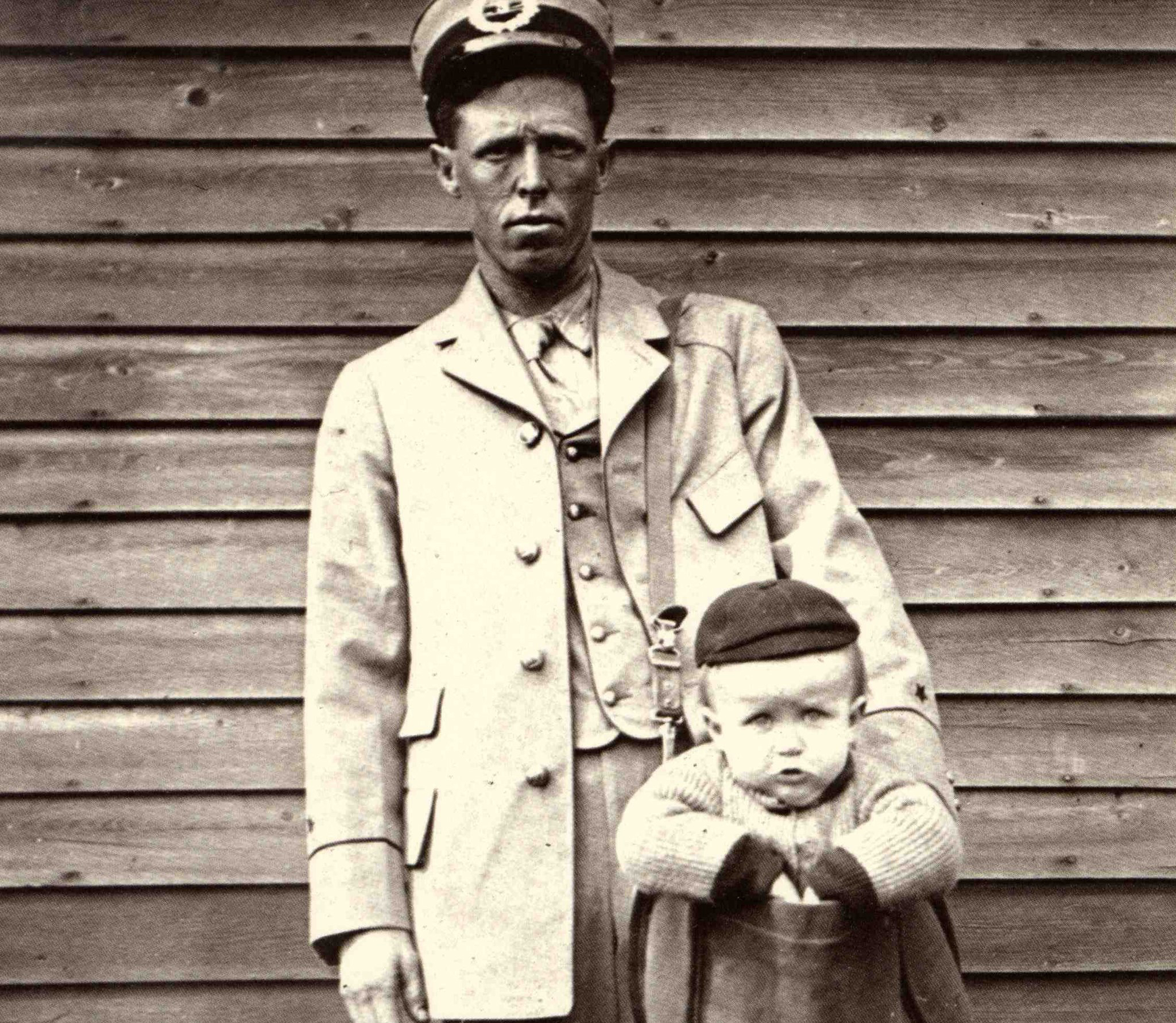
Photo from Wikimedia Commons / Public Domain.
My favorite law is the Law of Unintended Consequences.
In the 19th and early 20th centuries, as today, private companies were doing a brisk business delivering packages. The Post Office’s answer to this competition was Parcel Post, shipping packages through the mail, which began on January 1, 1913.
It was a major innovation. Now almost everyone was within reach of mail-order companies, which meant access to all sorts of new goods and services. But believe it or not, one consequence was parents trying to mail their children.
The first child was mailed a few weeks after Parcel Post became operational. Jesse and Mathilda Beagle in Ohio “mailed” their 8-month-old son James to his grandmother, just a few miles away in Batavia. Baby James was just under the 11-pound weight limit for packages, so his postage was only 15 cents (although he was insured for $50).
In a case of people trying to test limits, stories about children being mailed would occasionally appear in the news. One famous (infamous?) example was four-year-old Charlotte May Pierstorff being “mailed” via train from her home in Grangeville, Idaho to her grandparents’ house about 75 miles across the mountains on February 19, 1914. Her story even led to a children’s book, Mailing May. Fortunately, May wasn’t shoved into a mailbag as the photo at the top of the page suggests. She was actually accompanied by her mother’s cousin, who happened to be a clerk for the railway mail service. That’s probably why local officials agreed to the stunt.
On June 14, 1913, several major newspapers did run stories stating the postmaster had officially announced that children could no longer be sent through the mail. But according to United States Postal Service historian Jenny Lynch, that story wasn’t the full picture. “According to the regulations at that point, the only animals that were allowed in the mail were bees and bugs,” Lynch says. “There’s an account of May Pierstorff being mailed under the chicken rate, but actually chicks weren’t allowed until 1918.”
To those thinking this idea borders on child abuse, Lynch sees an example of how much rural communities trusted local postal workers. “Mail carriers were trusted servants, and that goes to prove it,” Lynch says. “There are stories of rural carriers delivering babies and taking [care of the] sick. Even now, they’ll save lives because they’re sometimes the only persons that visit a remote household every day.”
I can’t imagine anyone trying this today, even if the Postal Service would cooperate. This is another example of a long-lost age when life was so much simpler, and the mail was the cheapest method of transport.
For more detail, see “A Brief History of Children Sent Through the Mail” by Danny Lewis (https://getpocket.com/explore/item/a-brief-history-of-children-sent-through-the-mail). The photo is from that site.
